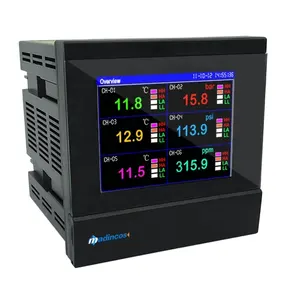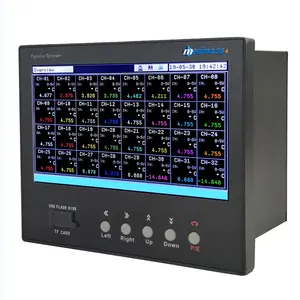Understanding Standalone Voice Loggers
Standalone voice loggers are specialized recording devices designed to capture audio communications in various environments. These devices are integral in sectors where the documentation of verbal transactions or conversations is crucial. Unlike integrated systems, standalone voice loggers operate independently of other hardware, offering flexibility and ease of use.
Types and Features of Voice Logging Devices
The market offers an array of standalone voice loggers to suit different industry needs. Some are tailored for high-density recording, capable of handling numerous channels simultaneously, while others are optimized for portability and straightforward operations. Key features to consider include storage capacity, channel density, and compatibility with existing communication systems.
Applications Across Industries
Voice logging equipment is utilized in various sectors, including emergency services, call centers, finance, and air traffic control. These devices ensure that every verbal communication is captured, which can be critical for compliance, quality assurance, and training purposes.
Materials and Durability
The construction of voice loggers often involves robust materials to withstand the demands of continuous operation. Durability is a prime consideration, ensuring that the devices can operate effectively in different conditions without compromising the integrity of the recordings.
Advantages of Using Standalone Systems
Employing a digital voice logger comes with several advantages. These systems provide reliable performance with minimal maintenance, ensuring that recordings are captured without interruption. Additionally, the standalone nature allows for easy installation without the need for complex integration with other systems.
Selecting the Right Voice Logger
When choosing a voice recording logger, it is essential to consider the specific needs of your operation. Factors such as recording quality, storage requirements, and security features should guide your selection to ensure that the device aligns with your operational objectives.






























 浙公网安备 33010002000092号
浙公网安备 33010002000092号 浙B2-20120091-4
浙B2-20120091-4